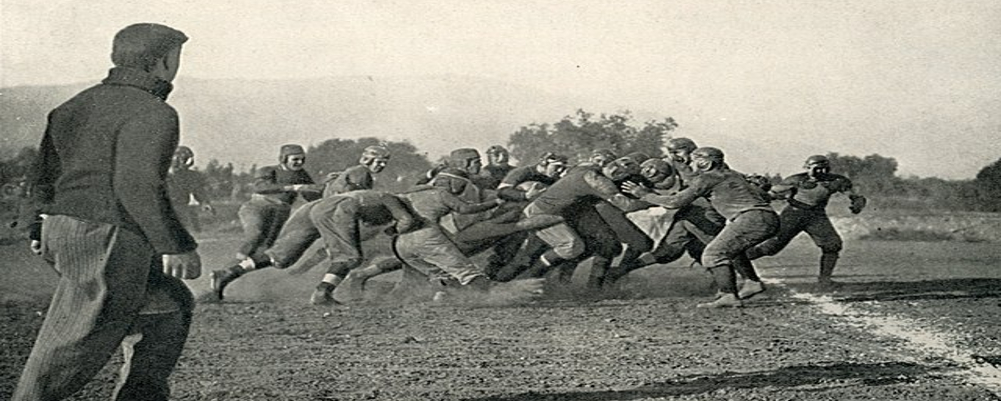Early Days: Pioneering the Gridiron (1870s-1890s)
The Michigan Wolverines' football roots trace back to the late 1870s, when students began playing informal interclass games. These early contests were a far cry from the organized spectacle we see today, played with makeshift equipment and often under a modified rugby or soccer rule set. Yet, the seeds of passion were sown, and by the 1890s, Michigan had established itself as a regional force, competing against other Midwest colleges.
The Yost Era: Building a Dynasty (1901-1925)
The arrival of Fielding H. Yost in 1901 marked a turning point for the Wolverines. A pioneer of the "scientific" approach to football, Yost emphasized strategy, discipline, and conditioning, transforming the game into a highly organized and physical affair. His innovative "point-a-minute" offense, featuring the iconic forward pass, dominated opponents, leading to consecutive national championships in 1901, 1902, and 1903.
Yost's legacy extended beyond just wins. He established a winning culture and a tradition of excellence that continues to define the program. He also laid the groundwork for Michigan's iconic "Big House" stadium, completed in 1927 and destined to become one of the most intimidating venues in college football.
Beyond Yost: Adapting and Evolving (1926-Present)
While Yost laid the foundation, the Wolverines' success story did not end with him. Subsequent coaches like Fritz Crisler, Bo Schembechler, and Lloyd Carr built upon his legacy, adapting to the ever-changing landscape of the game. Crisler introduced the iconic winged helmet and led Michigan to another national championship in 1947. Schembechler, with his "Winning Ugly" mantra, emphasized toughness and resilience, guiding the Wolverines to five Big Ten titles and a national championship appearance in 1989.
In recent years, under coaches like Jim Harbaugh, the Wolverines have embraced modern offensive schemes and technological advancements, while still honoring the program's rich tradition.



